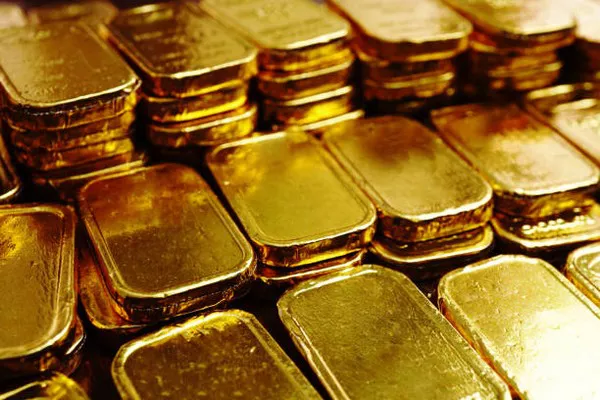Investors have long sought refuge in precious metals as a means to preserve and grow their wealth. Among the myriad options available, gold and silver coins have consistently held a special place in the hearts of those seeking stability and value retention. However, the age-old question remains: should one buy gold or silver coins? In this article, we will explore the merits and considerations of both, helping investors make informed decisions based on their financial goals and risk tolerance.
Historical Perspective
Gold and silver have served as stores of value for centuries, transcending borders and civilizations. The allure of these precious metals lies not only in their aesthetic appeal but also in their intrinsic value and resistance to economic downturns. Both gold and silver have been used as currency and symbols of wealth throughout history, and their enduring popularity attests to their enduring appeal.
Gold: The Traditionally Prized Asset
Gold has long been regarded as the premier precious metal, often associated with wealth, luxury, and permanence. Its scarcity and resistance to corrosion make it a symbol of enduring value. Investors flock to gold during times of economic uncertainty or inflation, seeking a safe haven for their capital.
One of the primary advantages of investing in gold coins is their relatively higher value compared to silver. Gold tends to maintain its value over time, making it a reliable asset for long-term investors. Additionally, gold is less susceptible to market fluctuations, providing a stable foundation for a diversified investment portfolio.
Silver: The Industrial Precious Metal
While silver lacks the historical prestige of gold, it holds its own unique appeal, particularly for investors looking for more affordable entry points. Unlike gold, silver has extensive industrial applications, making it a valuable commodity beyond its role as a store of value.
Silver coins are often considered more accessible for the average investor due to their lower price per ounce compared to gold. The affordability of silver allows for greater flexibility in portfolio diversification, enabling investors to spread their risk across different asset classes.
Factors to Consider
When deciding between gold and silver coins, several factors should be taken into account to align the investment strategy with individual financial objectives.
Market Conditions: The state of the economy, inflation rates, and geopolitical factors can influence the performance of precious metals. Gold tends to be more resilient during economic crises, while silver may experience more significant price fluctuations due to its industrial demand.
Volatility and Risk Tolerance: Silver is known for its higher volatility compared to gold. Investors with a higher risk tolerance may find the potential for greater returns in silver, but this comes with increased volatility. Those seeking a more stable investment may lean towards gold for its historical resilience.
Diversification: Diversifying an investment portfolio is a fundamental strategy for managing risk. Gold and silver offer distinct benefits, and a balanced approach that includes both metals can provide a more robust hedge against economic uncertainties.
Long-Term vs. Short-Term Goals: Consideration of investment horizon is crucial. Gold, with its historical stability, is often favored for long-term wealth preservation. Silver, on the other hand, may be more suitable for those looking to capitalize on shorter-term market trends.
Industrial Demand: Silver’s dual role as a precious metal and an industrial commodity can impact its performance. Factors affecting industrial demand, such as technological advancements, can influence the price of silver more directly than gold.
See Also How Many Grams In A Carat Of Gold
Conclusion
In the eternal debate of whether to buy gold or silver coins, there is no one-size-fits-all answer. Both metals offer unique advantages, and the decision ultimately depends on individual financial goals, risk tolerance, and market conditions.
Gold, with its historical significance and stability, remains a cornerstone of many investment portfolios. It serves as a reliable store of value, particularly during times of economic uncertainty. Investors seeking a long-term, low-volatility asset may find gold to be an ideal choice.
On the other hand, silver’s affordability and dual-role as a precious metal and industrial commodity make it an attractive option for those looking for a more dynamic investment. While silver may experience greater volatility, it also presents the opportunity for higher returns, especially in periods of economic growth and increased industrial demand.
Ultimately, a well-informed investor may choose to hold a combination of both gold and silver coins, leveraging the strengths of each metal to create a diversified and resilient portfolio. As with any investment decision, thorough research and consultation with financial professionals are crucial to making choices that align with individual financial objectives and risk tolerance.


